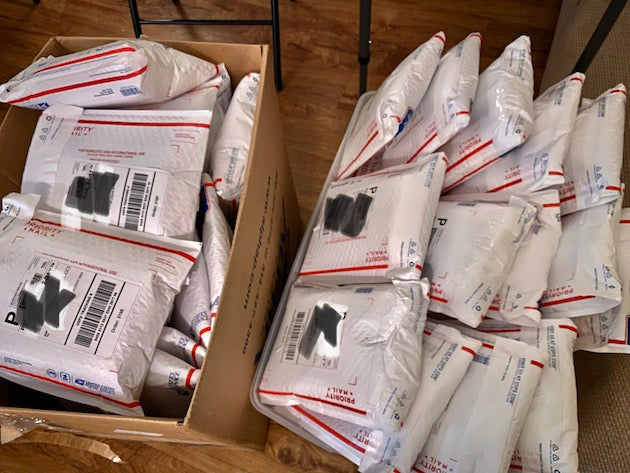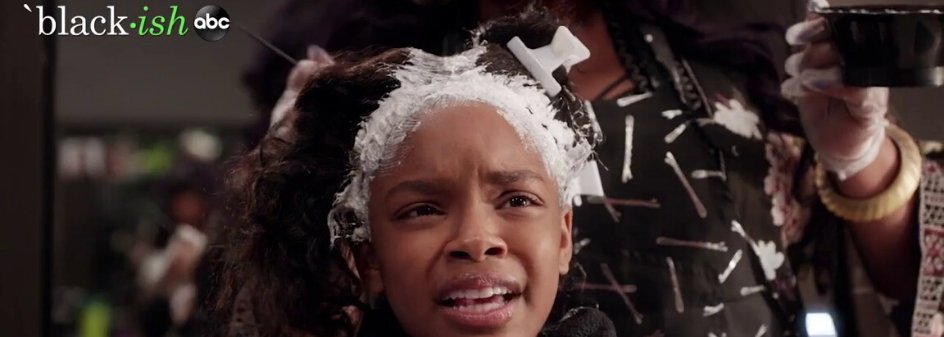We’re learning more and more about the ingredients found in the beauty industry. Some of which are alarmingly harmful, others which can cause allergic reactions and others, which if we can avoid them, then best we do for the safety of our hair and health. In this article we’ll have a look at ingredients you want to avoid when shopping for natural hair care products.
Mineral Oil and Petroleum
These ingredients appear in many products because they seemingly moisturize the skin and hair. Unfortunately, they coat the outer layer of your scalp and hair, blocking the real moisture from entering the skin and hair - so much so it suffocates both. They will not work at repairing hair and can cause more damage down the line.
Silicones
Silicones are especially harmful for locs because they can cause buildup down the line. Initially they may make the hair feel soft and give you that smooth look, but it can damage the hair after repeated use.
Phthalates
Phthalates are one of the more well-known ingredients like parabens and sulfates, which more and more companies are removing from their product line. They’re found in products to help blend ingredients together and preserve the shelf life of your product. However, phthalates are currently under investigation to see the potential harm they can cause to humans.
Alcohols
Not all alcohols are created equally. For instance Cetearyl Alcohol can be found in Dr Locs’ Amla Extract Conditioner. Cetearyl Alcohol is actually a great moisturizer for the skin and hair and is considered perfectly safe. However, other alcohols which are short-chained alcohols are the types of alcohols that will dry out your skin and hair - like the alcohol found in hair spray for instance.
Polyethylene Glycols
PEG is a thickening agent that strips the hair of moisture. The exact opposite of what we’re looking for. It can cause breakage, which is why we avoid it in Dr Locs’ products. Furthermore it’s been classified as a developmental toxicant, which is not what any of us are looking for when shopping for natural hair care products. Polyethylene Glycols should not be confused with Caprylyl Glycol, which can be found in Dr Locs’ Rose Lavender Color-Protecting Shampoo, which is safe for skin and hair.
Our Color Treated Line was created directly with a chemist. We wanted to find the best and safest ingredients on the market that would actually protect the color and repair the hair so that it can absorb and retain moisture.
For instance, the Amla Conditioner was created for locs. Creams need to be formulated for locs by someone who knows locs. We made sure while working with our chemist that the cream wouldn't stand and stay in the middle of the loc. A lot of times you think you're washing out the cream but it will stay in the loc and seep into the surface of the loc even years later. When the hair is dry you don't see it but when it's wet you will see it. Those creams are horrible for locs. Those creams are not nourishing the loc and the loc doesn't know what to do with it.
The Amla Conditioner was designed with a chemist to make sure the hair is taking in the moisture it needs, plus all that good stuff. Whatever needs to be washed out will wash out easily. The Amla Conditioner is not as thick as a regular cream. It's kind of runny so it doesn't weigh down or stay in the loc.
The same sort of meticulous attention went into the development of all of our other products. We want to make sure we’re giving you the best ingredients for locs out there.




